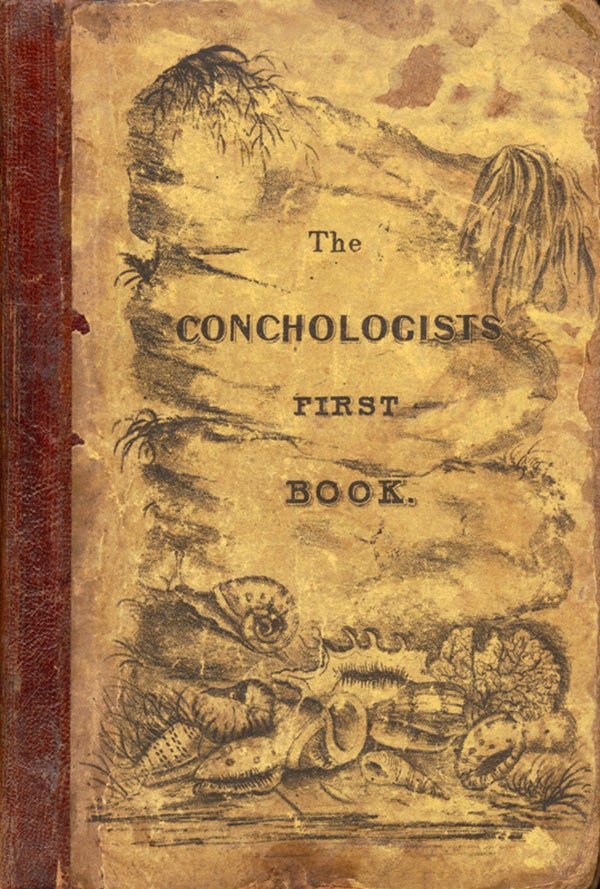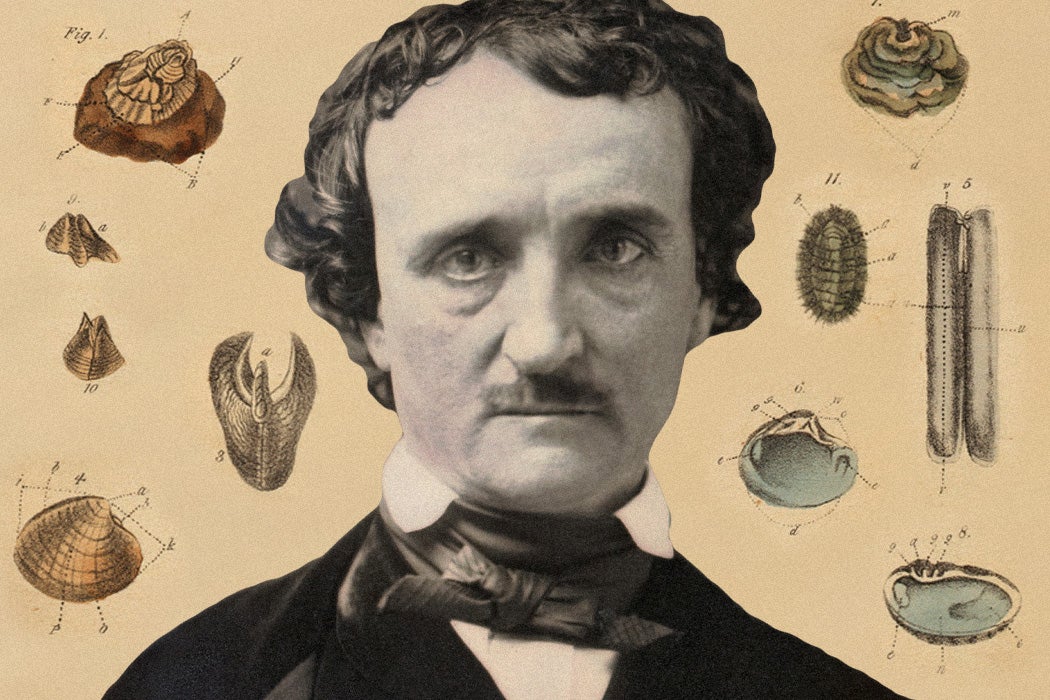A swinging pendulum slowly descending on a helpless prisoner. A vocal raven mocking a grief-stricken scholar from its perch upon a chamber door. An ancestral home crumbling under the weight of a doomed family’s dark secrets. And…seashells?
Edgar Allan Poe was a remarkably versatile writer who ventured across many fields of interest. He was an editor and literary critic. He penned the first detective stories in the style readers recognize today, making him Agatha Christie’s spiritual ancestor. And, of course, he wrote what are perhaps the most iconic horror stories in the American literary canon. What’s less known about Poe is that he was also an enthusiast of the sciences, and besides dabbling in physics and cryptography and incorporating them into his work, he also wrote a book about seashells.
It’s not surprising in hindsight. As Ian MacPhail and Marjorie Sutton demonstrate, Western countries went through a natural science craze in the nineteenth century, with collectors scouring beaches à la Mary Anning for specimens and pouring over new research. And Poe followed suit, releasing The Conchologist’s First Book in 1839. Published by the Philadelphia firm Haswell, Barrington, it was—ironically and tragically—the most commercially successful work that Poe would ever have in print in his lifetime.

What makes matters even less flattering for Poe is that the book is considered more of a sophisticated reworking of another writer’s text rather than an expression of his own intellectual abilities. Poe worked with base material included in Thomas Wyatt’s Manual of Conchology. Poe’s subsequent publication was essentially a more palatable edition of an already existing textbook, albeit with Poe’s professional edits.
Victorian literature scholar Fernando Galván, quoting Arthur Hobson Quinn’s Edgar Allan Poe: A Critical Biography, asserts that this was a deliberate venture: “Wyatt decided to have a book prepared that he could sell; Poe accepted the job of rewriting the text.” Galván, citing Quinn again, suggests that Poe didn’t take the assignment lightly and conducted proper investigations while editing. The book was not “entirely a piece of hack work, for Poe had had plenty of opportunity to talk to Dr. Edmund Ravenel, an eminent conchologist who lived during Poe’s army service on Sullivan’s Island.”
Weekly Newsletter
Yet accusations of plagiarism surrounded Poe’s publication, and his detractors had an ample bases for their criticisms. Though Poe had written, from scratch, a preface and introduction to the book, it can’t be said that the content was entirely his. So great was the blow to his reputation that Harper’s, the publishers of Manual of Conchology, refused to work with him in 1844 when he approached them with a new (entirely original) manuscript. According to biographer Jeffrey Meyers, a friend enlightened Poe as to the reasons behind Harper’s refusal: “They have complaints against you…grounded on certain movements of yours.” Oceanic movements, specifically.
Fans can forgive Poe for this curious episode in his writing career. His influence as an author of unforgettable Gothic classics is so ingrained in collective consciousnesses that a few broken seashells seem inconsequential in the grand scheme of things. Quoth the Raven, “Never mind.”







